Mobilizing More 4 Climate (MoMo4C) Uganda Programme
Developing innovative finance for climate action using a landscape approach
Mobilizing More 4 Climate (MoMo4C) is a five-year program implemented by IUCN NL, WWF NL and Tropenbos International that aims to bring together entrepreneurs, firms, policymakers, investors and civil society organisations to make green business propositions that tackle the impacts and causes of climate change at a landscape level in developing countries, and to attract investments to implement these initiatives.





Developing innovative finance for climate action using a landscape approach
In a landscape, many stakeholders play a role and depend on the resources for their livelihoods and businesses. The health and resilience of the landscape is crucial for these stakeholders with regard to climate change impacts as well as for business continuity. Inequalities and poor governance in the landscape lead to over exploitation, pollution, land degradation and maladaptation, which decreases landscape resilience and local business opportunities.
As a result of poverty and inequality, smallholders in these rural areas are often very vulnerable to the impacts of climate change. Few investors invest in these landscapes because there are not enough projects with the potential to create a return on investment, or because they view projects aimed at climate resilience as being too risky to invest in. Weak policies, lack of inclusiveness, few regulations, and a low control of implementation and transparency show that the enabling conditions for investments in sustainable land use lag behind those for other investments.


2019-2024
MoMo4C Uganda Programme
ECOTRUST is implementing the MoMo4C Uganda programme, aiming to build a climate resilient Murchison landscape by engaging landscape level stakeholders from communities, local government, private businesses, and other civil society networks to support viable green business investments to enhance landscape restoration whilst improving community livelihoods.
Mobilizing More 4 Climate (MoMo4C) is a five-year program implemented by IUCN NL, WWF NL and Tropenbos International that aims to bring together entrepreneurs, firms, policymakers, investors and civil society organisations to make green business propositions that tackle the impacts and causes of climate change at a landscape level in developing countries, and to attract investments to implement these initiatives.
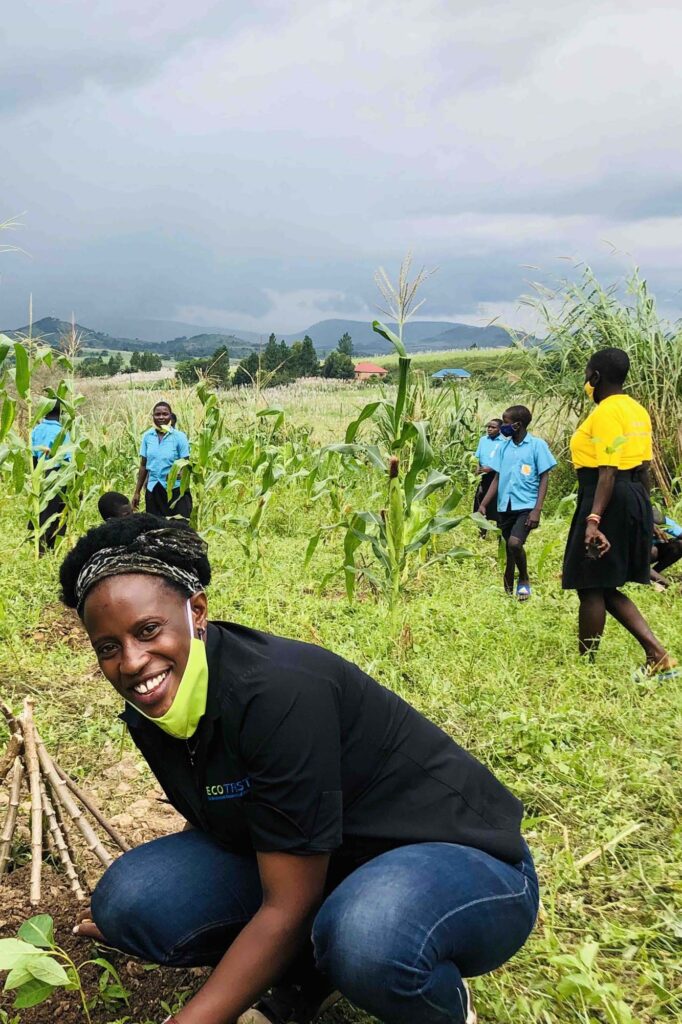
MoMo4C uses a landscape approach. Applying a landscape approach to the financing of climate resilience initiatives is new, and ensures that profits will be higher, risks will be lower and biodiversity benefits greater where clusters of diverse sustainable investments are undertaken in a defined geographic area.
Landscapes can be considered as a type of ‘green economic zone’, offering potential for synergies among investments, as well as for sufficient scale of investment to achieve benefits in supply chains, resilience, stability and marketing. Landscape partnerships can enable collective action to address social challenges.
MoMo4C in particular facilitates public-private collaboration and attract investments that will scale up green business propositions. This is done by working with companies and financial institutions, bringing new partners and stakeholders together, and by driving the development of innovative finance for climate action that benefit the landscapes within which they are realized.
MoMo4C will stimulate innovative new climate initiatives through the implementation of challenges. These challenges or calls seek out bottom-up initiatives that have a potential to help address climate change as well as the SDGs, create positive cash flows and demonstrate how public funding can be used to leverage private finance. The program provides support to develop business propositions (cases) for concrete projects, and brings these projects in contact with companies and investors, so that solutions can be scaled up at the landscape level and attract investments both from investors within and outside of the landscape, while tackling the impacts of climate change.
As a result of poverty and inequality, smallholders in these rural areas are often very vulnerable to the impacts of climate change. Few investors invest in these landscapes because there are not enough projects with the potential to create a return on investment, or because they view projects aimed at climate resilience as being too risky to invest in. Weak policies, lack of inclusiveness, few regulations, and a low control of implementation and transparency show that the enabling conditions for investments in sustainable land use lag behind those for other investments.
Goal, Objective, OUtcomes
MoMo4C Focus
The MoMo4C objective is to develop, test and scale up landscape programs for climate resilient agriculture and forestry. The program will focus on developing business cases with the private sector and innovative finance models for the financial sector. Business cases will include public and blended finance that will help de-risk or leverage private finance.
The program will invest in an enabling environment through the strengthening of multi-stakeholder collaboration, and the identification of existing regulations and governance arrangements that can help make business development, local entrepreneurship and investments possible.
The goal of MoMo4C is to build climate resilient livelihoods in climate resilient landscapes where multiple stakeholders work together to manage the landscape ecosystems to ensure climate resilient sustainable development. The project will contribute to this goal by working towards three main outcomes:
- A predictable investment policy environment for green investments established in the Murchison landscape
- Public & private, local & international climate resilient investments attracted into the landscape.
- Green financing made available for supporting green business propositions and replicable models documented for scalability. The projects expects to achieve these three outcomes by implementing a 3-pronged strategy:
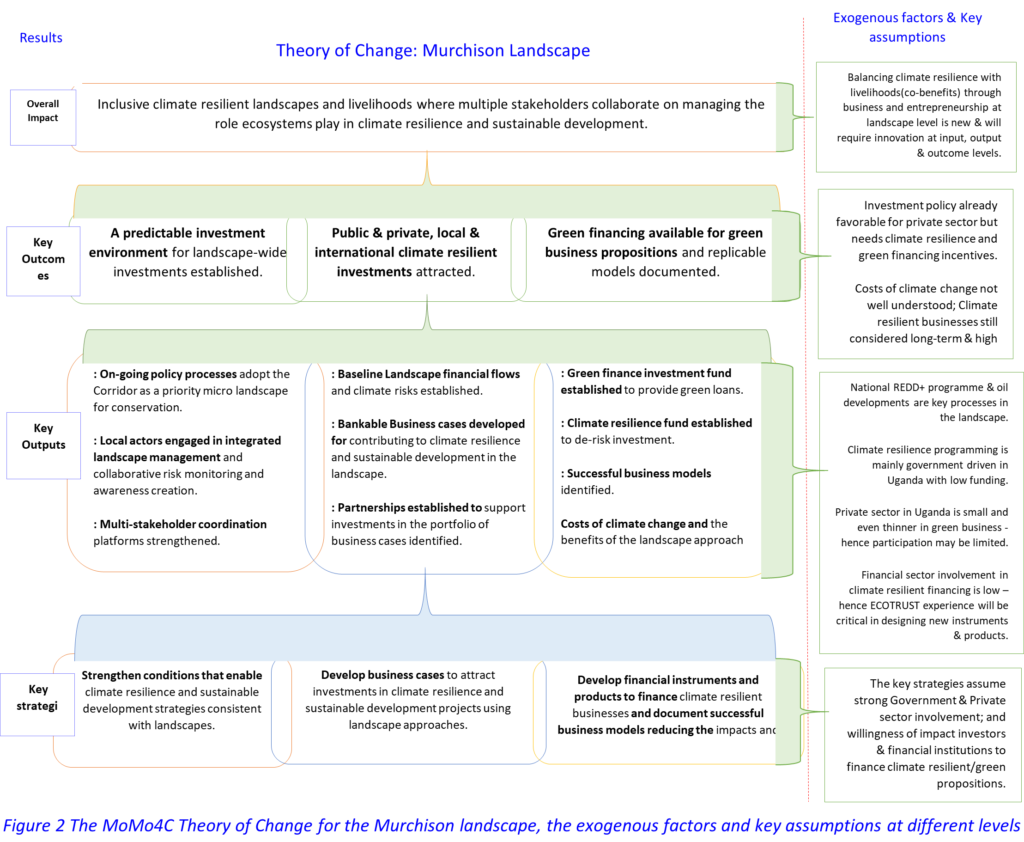
Planned Climate Action for the Murchison Landscape
The Murchison landscape is endowed with amazing scenic beauty and a great deal of natural resources such as lakes, national parks and game reserves, tropical high forests, which are home to many endemic plant and animal species and has more registered species of birds and amphibians than any other part of Africa. However, new oil developments and the expanding agricultural production have put these natural assets under extreme pressure and the consequences on the landscape are not looking good. The core protected areas of Bugoma and Budongo Forest Reserves have lost the connecting natural vegetation that is critical for the long-term survival of wildlife in the corridor.
- MoMo4c Priority activities
Priority Action 1 – Strengthening Enabling Institutional and Policy Environment
- Strengthening understanding of climate threats and contextually relevant risk-reduction processes in the landscape
- Supporting the creation of a more favorable policy and planning environment for scaling-up conservation best practices that strengthen adaptive capacity in the landscape
- Reducing exposure to climate risks
- Improving management of land or forest areas contributing to emissions reductions.
Priority Action 2: Enhanced adaptive & restoration capacity
Restoring 12500ha (2500ha per year) of degraded land in the landscape to increase productivity through integrated Agroforestry, Farmer Managed Natural Regeneration (FMNR), Assisted Natural Regeneration (ANR), Community Managed Natural Regeneration (CMNR), and Soil and Water Conservation activities to ensure a climate resilient landscape in the 3 corridor districts of Kikuube, Hoima and Masindi.
Priority Action 3: Mitigation Model
Support the onboarding of new communities onto Trees for Global Benefit (TGB) program, an already existing ECOTRUST Programme of Activities (PoA) aggregating carbon credits from across multiple landholdings, and linking rural poor smallholder farmers to the voluntary carbon market; establishing baseline biomass conditions; technically specifying the FLR activities to estimate carbon sequestration potential; Establishing a robust cost-effective monitoring system using a digital platform linked to a mobile Application
Priority Action 4: Sustainability Model
Ensure smallholder access to and equitable involvement in agroforestry or natural resource-based markets and value chains, Increasing economic incentives for community members to adopt conservation best practices; Designing Green Enterprises including apiculture, local fruits, resins and other non-timber forest products; sustainably grown wood, seedling nurseries and small-scale fodder producers.
- The MoMo4c STrategy
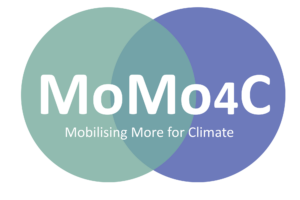
Under this strategy five main activities will be undertaken:
- Investment meetings with REDD+ champions in the landscape to scale out champion models into landscape-wide business cases
- Developing a collaborative climate risk monitoring and awareness tool for the landscape in collaboration with Kiiha partnership, Northern Albertine Conservation Group (NARC-G) of CSOs and oil companies in the area
- Organising a climate resilience awareness and green investment advocacy campaign for youth and women through the NARC-G platform by planting over 6000 trees
- Developing a Murchison Landscape investment plan in collaboration with the Catchment Management Committee (CMC) and Kikuube, Hoima and Masindi District Production units
- Organising an Annual Partners Meeting bringing together key Donor Partners and Key stakeholders; and recognizing excelling business cases in the landscape.
From these activities, it is expected that the on-going government policy processes, especially the REDD+ programme and oil developments, will adopt the Corridor as a priority micro landscape for conservation. It is also expected that existing multi-stakeholder coordination platforms, like NARC-G will be strengthened to enable local actors (Local government, Private Sector, CSOs and Community groups) to engage in integrated landscape management and collaborative risk monitoring and awareness creation. A harmonised landscape-wide green investment plan is expected to emerge from the various stakeholder engagements to serve as an investment guide for climate resilient investments in the landscape. These outputs will constitute the favorable and predictable investment climate for landscape – a key outcome under this strategy.
Bankable climate resilient projects are not readily available for likely investors because financial institutions consider these projects risky and too long-term. Under this strategy the MoMo4C programme will support research on climate risk factors as opportunities for green investments; and social-political and financial inhibitors to green investments in the Murchison landscape. It will also support the assessment of landscape financial flows (Kinyara Sugar Company out-growers) in collaboration with Financial Access Ltd. The programme will also support business case development workshops for Youth, women, Community Land Associations (CLAs) and Community Forest Management (CFM) groups in the landscape in apiary, Food Forests and Cocoa value chains. A Green Business Investment Forum will also be organised for landscape partners to showcase innovations and partnership opportunities to investors, donors and financial institutions.
From these activities it is expected that baseline Landscape financial flows and climate risks will be established; and bankable businesses cases developed to contribute to climate resilience and sustainable development in the landscape. It also expected that various innovative partnerships will be established to support investments in the portfolio of business cases identified leading to actual investments being attracted in a number of business cases across the landscape. It is expected that a mix of Public & private, local and international climate resilient investments will be attracted to the landscape as a key outcome from these outputs.
This is a two-pronged strategy that involves developing financing instruments as well as documenting successful business cases to harvest lessons and best practices. Key activities will include:
- Developing a business Model for the ECOTRUST Green Investment Ventures (GIVES) fund and mobilising impact funds to provide green loans for emerging business cases in the Murchison landscape;
- Developing a Business Model for ECOTRUST Climate resilience insurance fund (CRIF) and mobilising funds to de-risk climate resilient investments in the landscape;
- Identifying successful business models and documenting their impact narrative in collaboration with IIED – highlighting the key lessons and best practices
- (Determining and documenting the economic value of addressing climate change in the landscape as well as quantifying the merits of the landscape investment approach.
Through these activities a Green finance investment fund will be established to provide green loans for viable green business cases; and a climate resilience fund will be established to de-risk investments. Successful business models will be identified and recognised at the Annual partners’ meetings; and will be provided will small innovation grants. The economic value of addressing climate change in the landscape as well as the benefits of the landscape approach will also be documented to support green finance advocacy in the landscape and beyond. These outputs will ensure the availability of Green financing for green business propositions in the landscape and the replication/ scaling out of successful models and best practices – as the key outcome under this strategy.
- Latest news from MoMo4C
Empowering Women Through Conservation – A Visit to Tree Nature Women’s Group in Kidoma
As part of their visit to assess ECOTRUST’s biodiversity conservation and restoration initiatives within the Murchison Falls Landscape, representatives from the International Institute for Environment and Development (IIED) and the…
IIED and SIDA Visit Alimugonza Community Forest
On Tuesday 18th March 2025, ECOTRUST, together with a team from the International Institute for Environment and Development (IIED) and the Swedish International Development Cooperation Agency (SIDA), visited the Alimugonza…
MoMo4C: Empowering Farmers Through Climate-Smart Fish Farming
In the pursuit of sustainable solutions to mitigate climate change, climate-smart fish farming has emerged as a transformative technology. Masindi District witnessed the power of this approach through the endeavors…

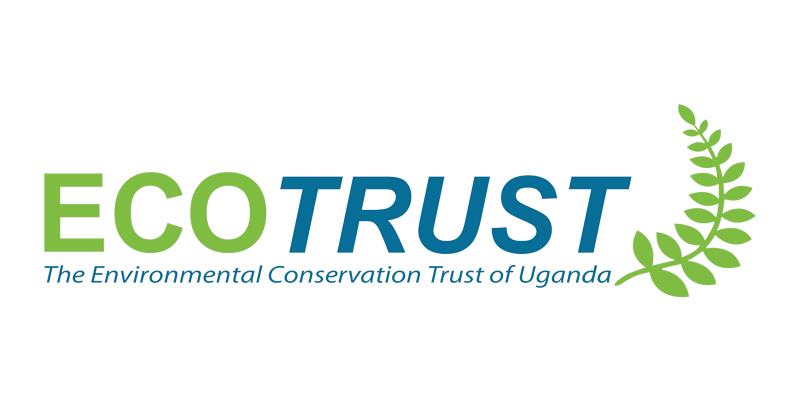
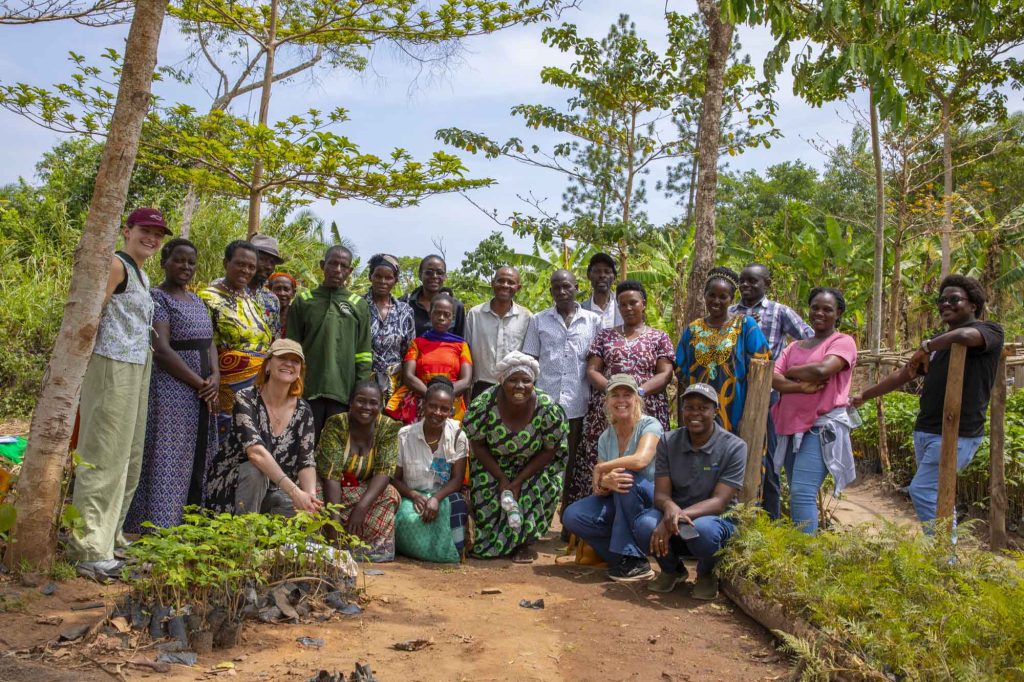


Follow Us On